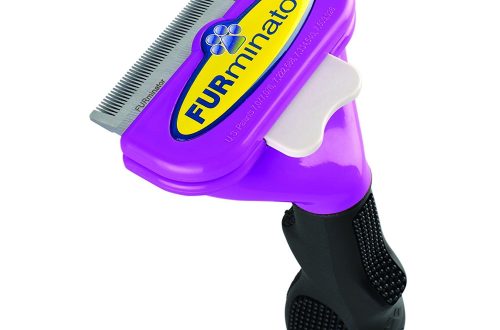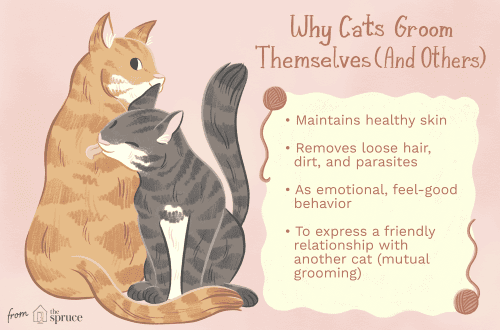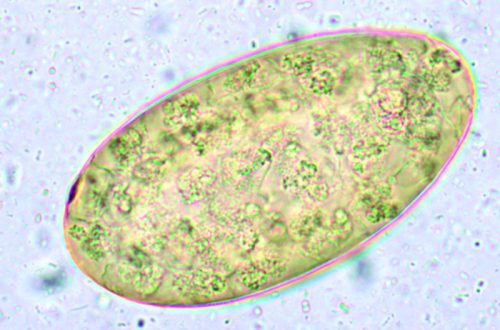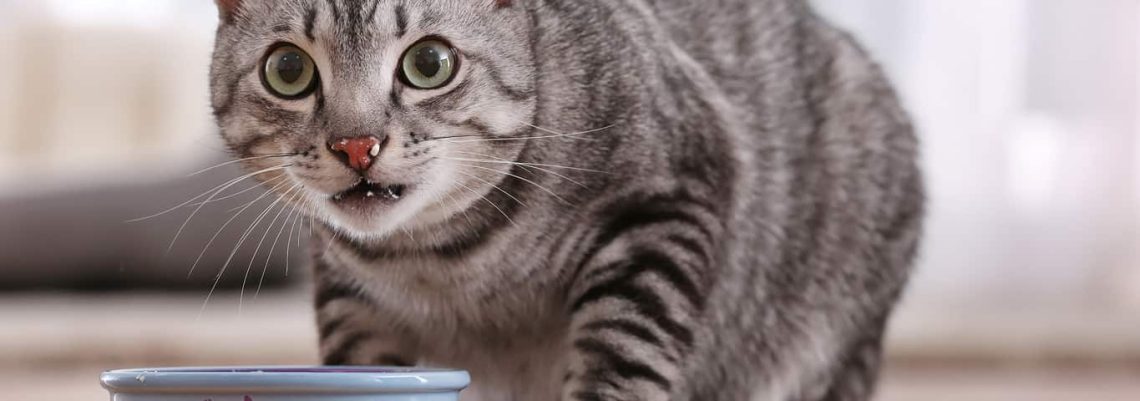
How to properly feed a domestic cat
Cats forage for food and feed singly.
Of all the representatives of the cat family, only lions form groups. Under natural conditions, cats hunt and eat in small portions from 10 times a day, and even more often. One way to imitate their natural hunting behavior is to use an interactive bowl or food puzzle that your pet needs to play with in order to get a small portion of food. You can also hide a small amount of Science Plan dry cat food around the house or alternatively in shallow plastic containers or egg cartons for your cat to find and eat.
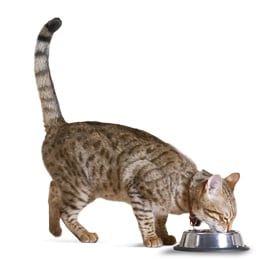
It is common for humans to eat together, but cats are solitary hunters, so most of them eat alone. In other words, when domestic cats eat separately from the rest, they feel better. Although they prefer to eat alone, healthy cats are usually oblivious to someone else’s presence while eating. However, during times of illness or stress, they still need to be alone. It is also important to know that the behavior that your pet shows when you come home (meowing, rubbing against your legs, attracting attention) is a greeting, not a request for food. It is necessary to encourage this behavior with attention, such as affection or play, and you can feed it later.
Temperature Matters
As hunters, cats prefer food close to their body temperature (about 38°C). If you take canned cat food from the refrigerator, it should be heated in the microwave (and stirred well) or a little hot water added.
Differences in eating behavior:
Cat | Dog | ||
“Strict” carnivores (the diet requires an animal source of protein, but they can also absorb many nutrients from plants). | Omnivorous (diet from plant and animal sources). | ||
From 10 small servings per day. | 1-3 large servings per day. | ||
They hunt and feed at any time of the day or night. | They hunt and feed in daylight. | ||
Food has no social significance. | Food has social significance. |
Meal time is a special time for cats.
How to feed a cat? Nutrition not only satisfies the huge energy needs of the cat, but also provides it with important nutrients needed to maintain health and strength. Although some animals are able to control their food intake, others may be too hasty or have difficulty eating in the presence of their brethren.
Simple recommendations for feeding your cat
- Bowls for food and water, sunbeds and trays should be in different places.
- Ideally, each cat should have its own stand with bowls for food and water, preferably in a quiet, favorite place where almost no one walks.
- Water bowls should be wide and shallow; water is always fresh; some cats prefer to drink from a dripping faucet or fountain.
- Many cats prefer to eat from shallow bowls or plates so their whiskers don’t touch the walls.
- Ideally, food and water bowls should be kept separate from each other.
- It is necessary to ensure that the dishes for food and water are always clean.
- Measure the amount of food for each cat according to the amount recommended by your veterinarian. Keep track of your pet’s daily food intake and appetite.



